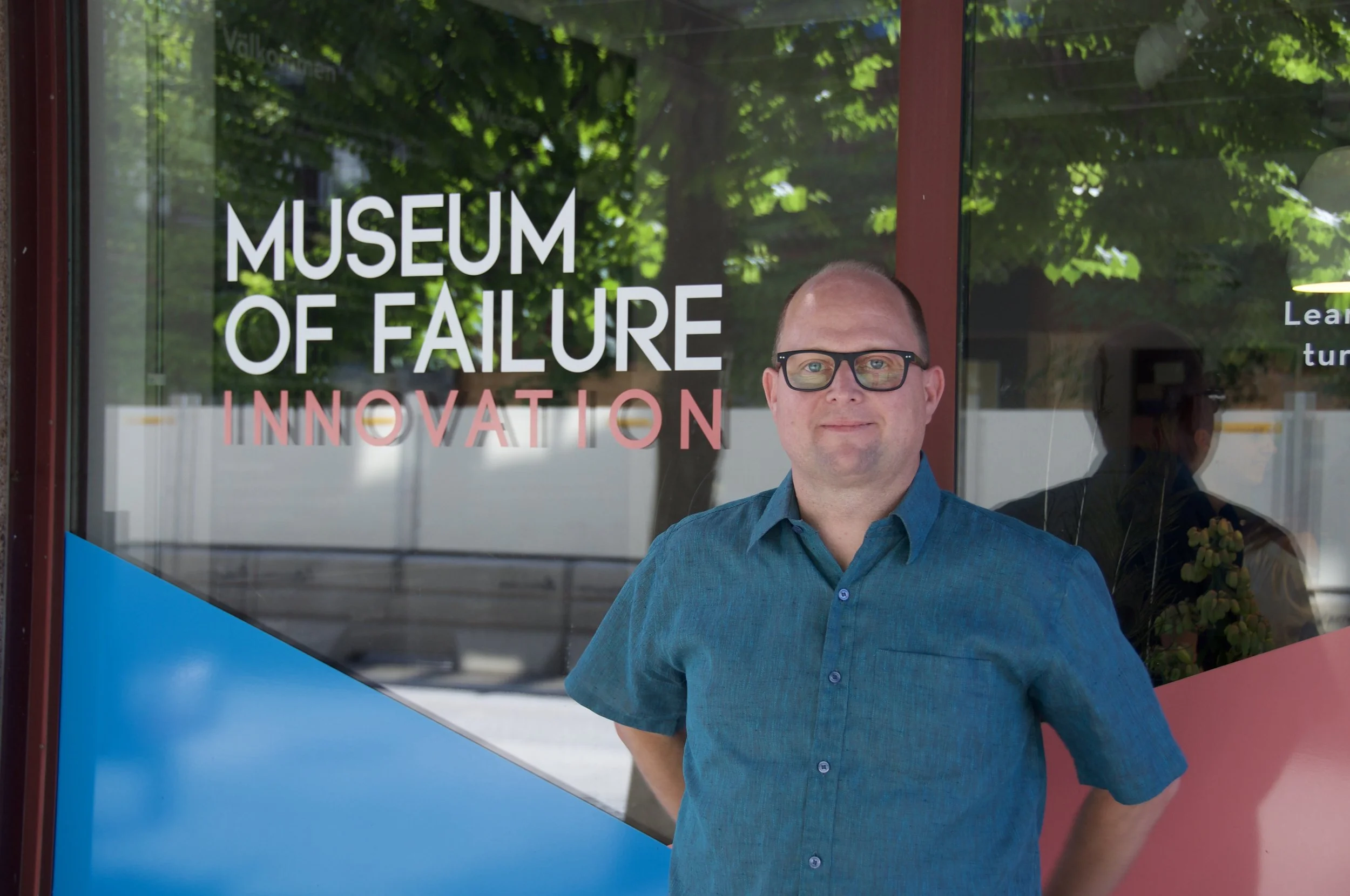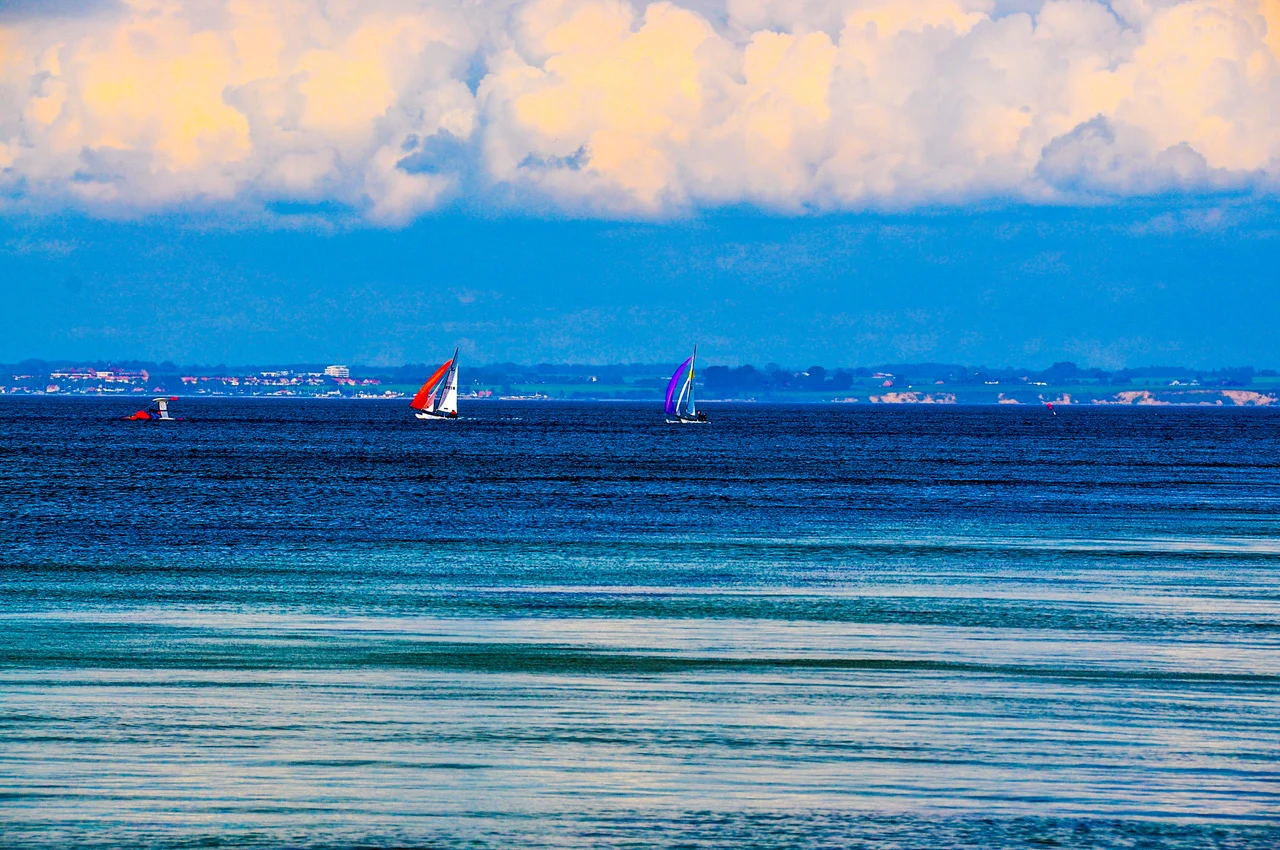The Road Along the Sea
The first thing that I noticed about Rafael was his brown matted hair as he stood bent over the basin scrubbing his face with a fanatic determination. The red in the roots was still visible, where the mud from the rocks, the sea, and the road had not trickled in. His backpack lay perched on the sill, its content carelessly spilled out: the toothbrush, a white shirt, no longer crisp or white, and a cardboard placard that screamed in capital letters: TROGIR.
Rafael looked up from his rituals to acknowledge me, a stranger in a public washroom on motorway E71 in Croatia, and I nodded back a stranger’s silent hello.
“Where are you heading?” Rafael asked, while still examining himself in the mirror. The vigorous hand movements had now shifted to the neck.
“Dubrovnik” A flicker of disinterest appeared on Rafael’s face. “And you?” I asked.
Rafael pointed to the board and offered his story with a smile. Every year, an adventure club in Poland organizes a hitchhiking race across five countries and the quickest ones are in for a winning. Rafael was participating in the race – not for the money but for the adventure, he claimed – and things did not seem to be going well for him. Now here he was, quite a few mishaps later, humbled and dusted, in the bottom heap according to his estimations.
I was on European motorway E71 in Croatia, taking a break from driving through what I calculated to be the 16th tunnel on this motorway, when I bumped into Rafael at a stopover. E71 is the transportation spine of the Dalmatian coast. I had covered most part of the Croatian span of the 1000 kilometer long oblique road that originates in the bordering Slovakia and ends in the city of Split. I was only a few hundred kilometers from my final destination, Dubrovnik, and I had no journey to take afterwards. Only the destination awaited me and after four days driving on these roads, stagnancy smelled of death. So, I decided to turn back and catch the road to Trogir. Dubrovnik would have to wait.
And it was only then I noticed, as Rafael feverishly wobbled to the car, that he had a wooden leg.
I had arrived in Croatia a few days back when an unremarkable flight in an 80 seat Bombardier CRJ had flown me in from Zurich to rather slackly run Zagreb airport. For a country that boasts of more than 14 million tourists every year, the airport resembled more like Amazon’s warehouse, sans the robots, than an international transport hub. The girl at the airport’s tourism office explained why things all around looked lazy. “You came too early; we normally do not have tourists at this time of the year. They start next month. But anyway”, she continued, “seems like there will be heavy rains today and tomorrow at Plitvice.” “That’s okay, I am driving” I offered a lame excuse on arriving earlier than most and in weather predicted to be bad.
A few hours into Croatia, I was on the road to Plitvice, a national park known for a series of lakes, stacked on top of one another that led to a cascading waterfall formation.
I must have spent several hours walking through Plitvice the next day for I remember returning to my car just when the skies had begun to turn a shade darker. The water in Plitvice has magical possessions. It metamorphoses from bluish cobalt to dulse green to frothy white and eventually to clear nothings! They say that the colors are rendered by the mineral dust from limestone erosion catalyzed by moss and algae. Good luck trying to rationalize such alchemy to someone who watched the clouds melt into water, drop by drop, rippling in struggle first, than embracing and flowing as a festive colorful whole. And I am sure the hundreds of Japanese grannies who walked alongside me all over the formation in exact lines, adding yet some more meticulousness to the already picture perfect symmetrical park, would agree.
The road to Split is when the true character of E71 emerges. Starting from the landlocked hilly regions of Plitvice, the motorway opens up to the vast Dalmatian coastline at Zemunik. The cottony road to Split unfolds the glimpses to the coast to the right while being flanked with mountains on the left. Just when the wind farms start to appear, the city of Split emerges as a fantasy. The entrance to the city is grand enough to remind that this is the second biggest city of Croatia. A long harbor, where the rich come to party in their expensive yachts, stretches as a loop across the city. The harbor circumscribes the Diocletian's Palace, which has become the nerve center for tourists; its narrow limestone ridges are now residential quarters and lined up with expensive hotels and restaurants.
It was at one such restaurant that claimed to have the best cakes inside the wall, I ordered a mint tea and chatted up with Duje, the owner. He was preparing for a busy season, the summer is going to be warm and Croatia had qualified for the World Cup, which meant good things for his business. “You have no idea, Mister!” Duje exclaimed with a toothy grin when I asked him how much he makes every season. Tourism has pushed the everyday prices up in the city. If parking fees is a good benchmark, then Split definitely is the most expensive city in Croatia for I ended up paying 250 Croatian Kuna as overnight parking fee. It was half of the total rental of the car for five days. Duje helped me find a cheap homestay next to the harbor. Mediterranean stalked the inner décor of the apartment in the form of chalky walls and iron ore garden chairs. I would lie on the bed below the tiled ceiling for many hours that night, waiting for the hullabaloo just outside the window overlooking the promenade to die down. I waited for sleep to come, for the restlessness to fade away.
The morning after, I drove to Dubrovnik. On the way I would meet Rafael.
Rafael’s head rolled to a side as he dozed off again. We were driving with the windows rolled down, and the dense wind carried rumor of impending rain. Somewhere in between the road bifurcated to Sarajevo. We had just crossed 55 kilometers of the motorway stretch that passes through Bosnia and Herzegovina. Like other preconceptions that I carried about Bosnia and Herzegovina, one was of extreme poverty of this country (ironically, I found out much later that the country was tolerating one of the worst draughts just around the time when I drove across its narrow tail). The uptown city of Neum, however, gave only the impression of affluence. With its white marbled beach houses with terraced gardens, and a selection of yachts in the adjoining sea, it was difficult to imagine that this country went through massacre for several years that shattered its economy and infrastructure as much as the spirit of its peoples. Perhaps, I had stumbled into the richest part of this landlocked country where such a short spread next to the Adriatic must be a valued lot.
The tarmac below us was melting away fast. The turn to Trogir merged into the country roads that opened up to small Croatian villages, poor and derelict, with a few stone houses thrown in that seemingly subsided on agriculture. At Boraja, a roadside shack had oranges on sale, and I stopped by to buy some. Rafael joined in to inspect the offerings: oranges, strawberries, apples. By now, hunger had manifested as a silent companion alongside, gaining strength with every passing hour. Nipping strawberries, we tried to make a conversation with the friendly fruit-seller, who was selling produce from his farms. The inability to communicate with us foreigners did not shy away the local, who was only too eager to point us in the right direction. Thanking him, we headed to the hill behind which lay the promise of warm sunny beaches, leaving behind the poverty, visible but rarely noticed.
The city of Trogir surfaced as sprinkles of white crisps on a chocolaty coast. The Adriatic Sea only had few yachts that tepidly upset the otherwise unblemished calm azure waters. The descent was short but effortful. It was difficult to keep the eyes on the road if one hadn’t not got used to the coastline that sparkled in the bright sunshine; in brief, if you were not a local, the chances of getting into an accident multiplied. The city itself, referred oft times as a double to Venice, is lazily chaotic, and made for walking. While I scouted for a parking spot, Rafael was busy making a new placard, writing ZAGREB behind the old one. He would have to register himself at a local counter somewhere in the narrow lanes here, and start all over again to find rides to the capital. Rafael plucked his backpack from the backseat, we wished each other luck, and he rushed by to disappear in the crowd at the busy corner along the old limestone walls of Kamerlengo Castle.
Later, I found peace in mouthfuls of sautéed fresh vegetables at a restaurant next to the water. As I soaked in the chill drafting from the sea, the bell tolled at the church behind me - serving a reminder of dusk. As darkness began to sink on this Romanesque-Gothic complex, I sat alone watching the other tourists pass by. Next to my table was a bunch of tired scrawny motor bikers who I had happened upon a few times on the way. We exchanged short acknowledgements for we knew well that we will meet again on the road to the east the next day. As they stood up to move, a tile dropped from the pocket of one of bikers, one with heavy built and a greying moustache. It was a soft stone tile, a souvenir that had a starfish enclosed behind a blue glass, something that you would perhaps put in your bedroom. I almost smiled at the soft token, the affectionate symbol that the macho biker carried, and leapt it up. I would hand it over the next day, I decided. As I write, the starfish stands on my desk, serving as a reminder of a forgotten responsibility, a reminder of minty smell, a reminder of limestone walls and colored water, a reminder of the sun that showed up despite several misgivings, a reminder of friendships formed on the road, and a reminder of a road well driven.
A version of this story appeared in Outlook Traveller










